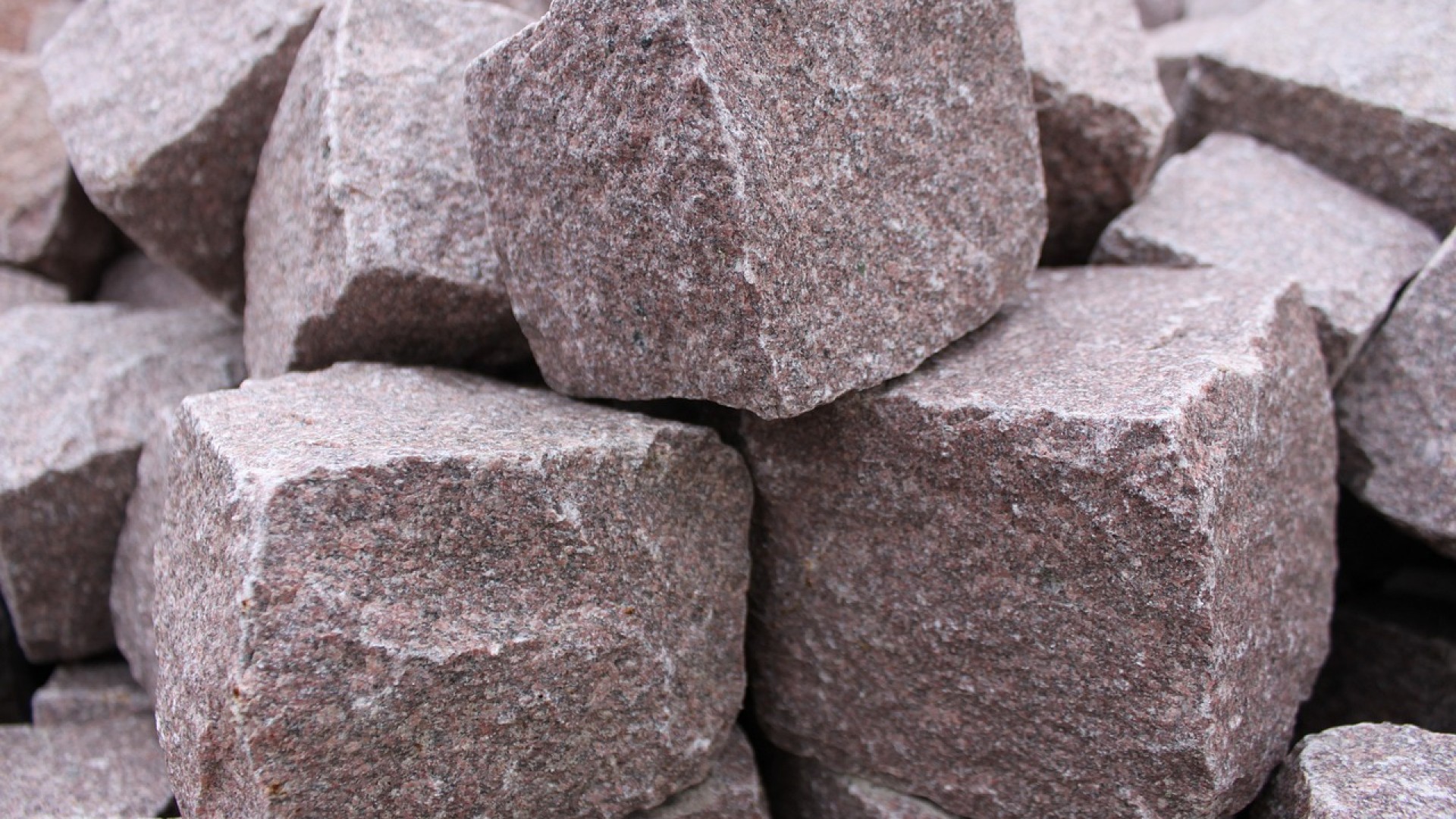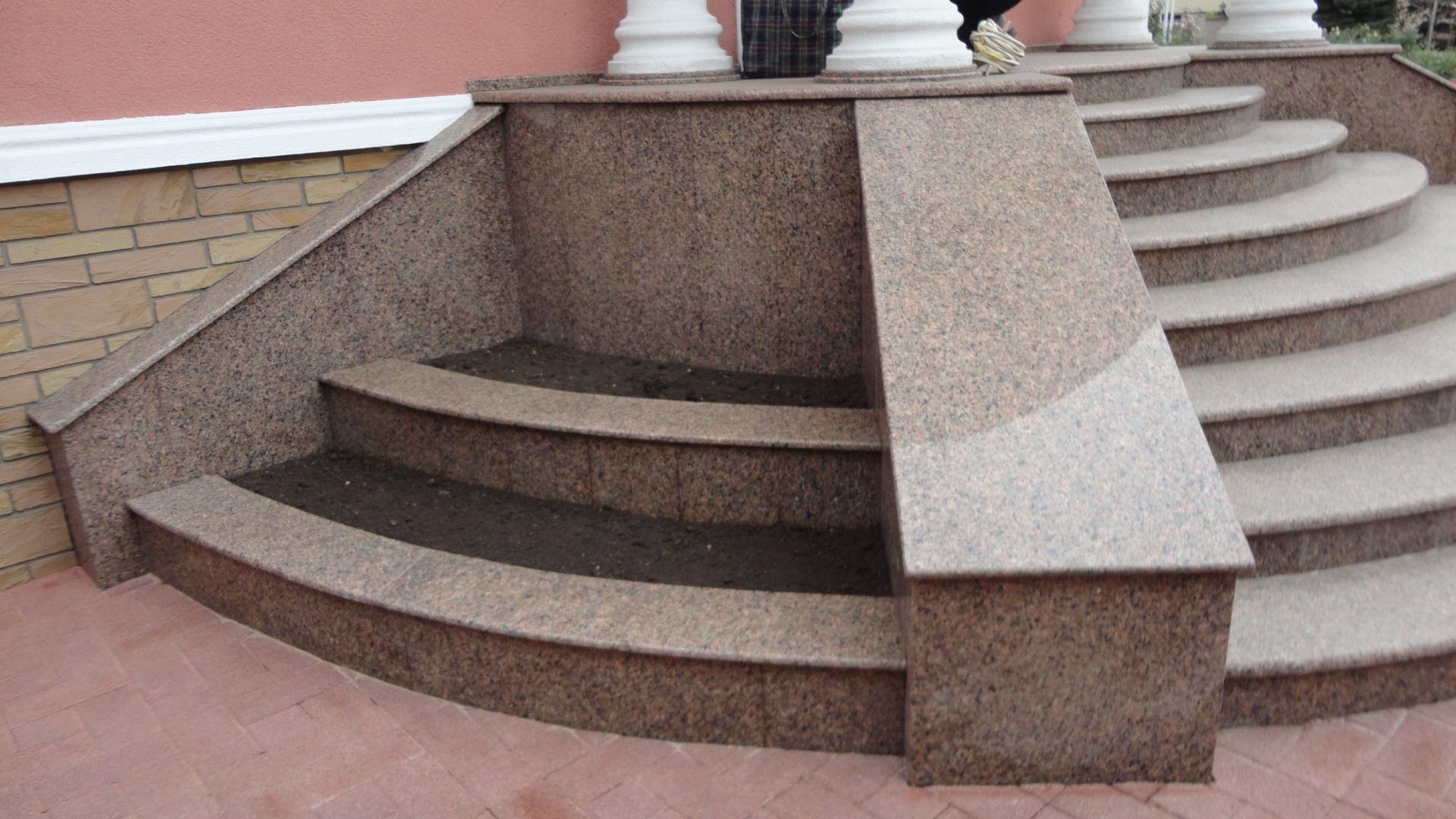Stone is a magnificent and stunning building material created by nature from time immemorial and has come down to our time in all its greatness and with amazing beauty.
Mankind understood this even in the most ancient times. We can even say that man has gained intelligence by taking a stone in their hands and making it a tool of labor and survival. Stone begins to play a special role in human history in the times of Ancient Rome, when amazing temples, statues, and even baths were created out of it. All this was created using a special stone processing technique, which ensured the durability of the buildings.
Unfortunately, this technique of stone processing has not survived, but modern technologies have allowed us to surpass it in some respects. Since ancient times, stone as a building material has become a symbol of the wealth and prosperity of a person. It’s no secret that there are a huge variety of stone types, but from all this splendor, particular mention should be made of a mineral called granite, which is widely used in construction.

There are also several varieties of granite itself, e.g., light gray plagiogranite, alaskite (pink granite), and porphyritic granite. All these are high-quality and expensive varieties. But there are also low-quality and cheap ones, e.g., rapakivi. Unrespectable organizations engaged in the manufacture of building materials from granite can sell rapakivi for the sake of deception and profit.
For the sake of clarity, it is worth noting that, in the Finnish language, rapakivi means “spoiled, rotten stone.” But rapakivi can be easily distinguished from other varieties of granite — it is enough just to look at the structure of its grains. They will have the form of flattened pink circles covered with a gray shell. Having noticed such a feature in the structure of granite, you can be sure that you came across a low-quality rapakivi.
So, granite gained its popularity due to its strength, beauty, and extraordinary resistance to frost, becoming the most frequently used material for facing various structures and erecting graceful monuments.

